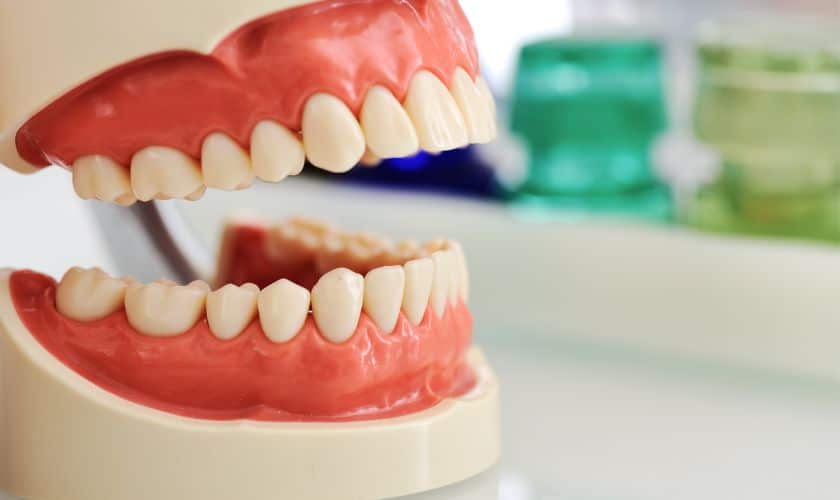Exploring Orthodontic Treatment Options for Jaw Repositioning
Posted on March 27, 2024

Orthodontic treatments have evolved significantly, offering solutions beyond straightening teeth to address complex issues like jaw misalignment. In this blog, we delve into various orthodontic treatment options specifically designed for jaw repositioning, exploring their benefits and considerations.
Understanding Jaw Repositioning:
Jaw misalignment, also known as malocclusion, can manifest in various forms, including overbite, underbite, crossbite, and open bite. These conditions not only affect the aesthetics of one’s smile but also impact oral function and overall facial harmony. Orthodontic interventions for jaw repositioning aim to correct these misalignments, enhancing both aesthetics and functionality.
Orthodontic Treatment Options for Jaw Repositioning:
- Traditional Braces: Traditional metal braces remain a reliable option for correcting jaw misalignment. By applying gentle yet consistent pressure on the teeth and jaws, braces gradually guide the teeth into proper alignment, effectively repositioning the jaw over time. While traditional braces are highly effective, some patients may prefer more discreet alternatives.
- Clear Aligners: Clear aligner therapy offers a discreet and convenient alternative to traditional braces for jaw repositioning. Custom-made aligners are worn over the teeth, gradually shifting them into alignment. Advanced clear aligner systems can also incorporate features to address jaw misalignment, providing comprehensive treatment solutions with minimal visibility.
- Orthognathic Surgery: For severe cases of jaw misalignment or skeletal discrepancies, orthognathic surgery may be necessary. This surgical procedure involves repositioning the upper and lower jaws to achieve proper alignment and facial balance. Orthognathic surgery is often performed in conjunction with orthodontic treatment to optimize results and ensure long-term stability.
Considerations for Jaw Repositioning Treatment:
- Severity of Malocclusion: The complexity and severity of the jaw misalignment will influence the choice of treatment modality.
- Patient Preferences: Factors such as treatment duration, aesthetics, and lifestyle considerations may influence the patient’s choice between traditional braces, clear aligners, or surgical intervention.
- Multidisciplinary Approach: In complex cases, collaboration between orthodontists, oral surgeons, and other dental specialists may be necessary to develop a comprehensive treatment plan tailored to the patient’s needs.
Conclusion:
Orthodontic treatment options for jaw repositioning offer transformative solutions for patients seeking to improve both the function and aesthetics of their smiles. Whether through traditional braces, clear aligners, orthognathic surgery, or functional appliances, individuals with jaw misalignment can benefit from personalized treatment approaches tailored to their unique needs and goals. Consultation with a qualified orthodontic specialist is essential to determine the most suitable treatment options for achieving optimal jaw alignment and overall oral health.

